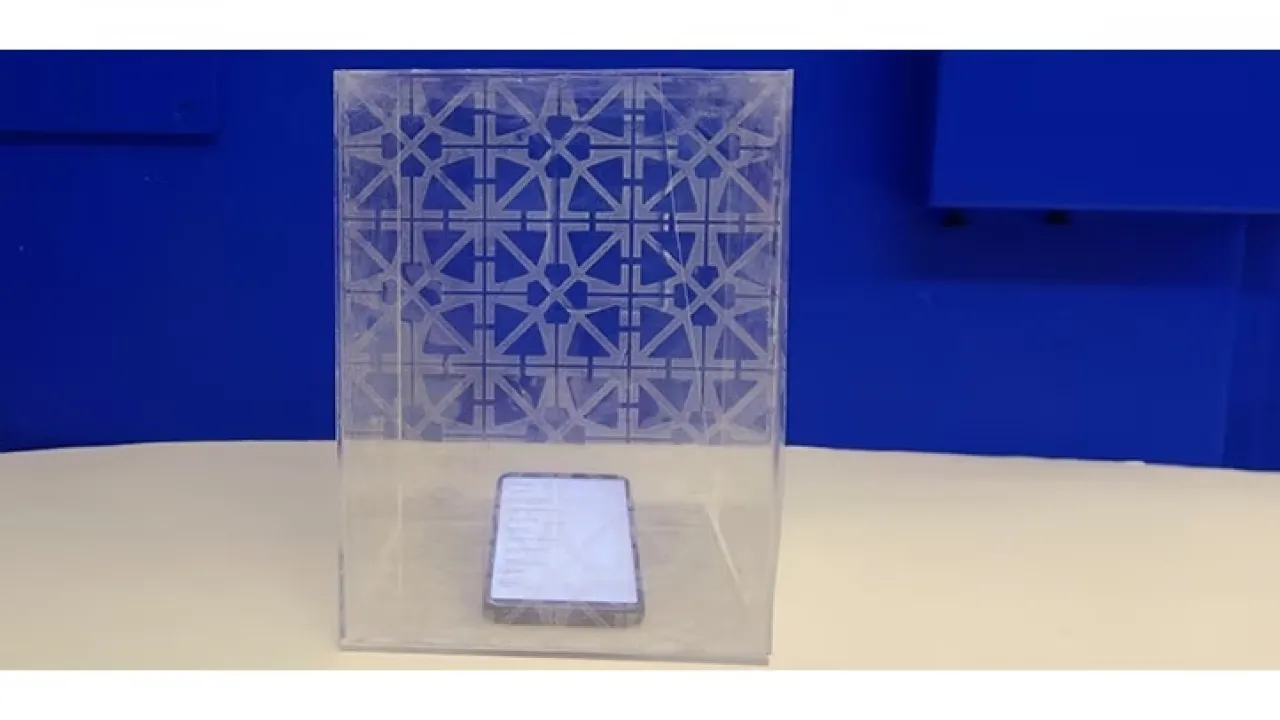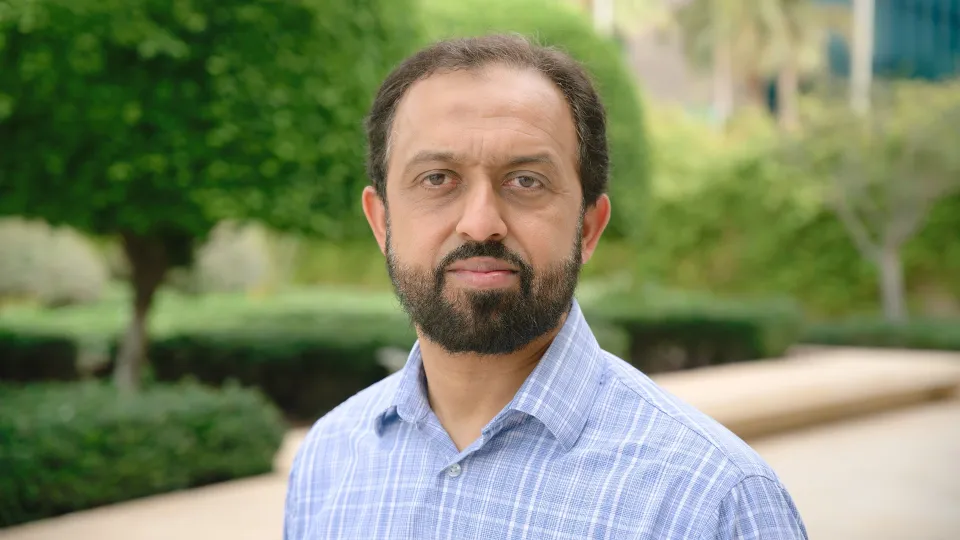
Sheer protection from electromagnetic radiation
A printable ink that is both conductive and transparent can also block radio waves.
About
A printable ink with an unsurpassed conductivity and transparency tradeoff has been developed by a KAUST team for use in solar panels, and for the novel blocking of electromagnetic waves.
Metals, such as copper and gold, generate little heat when a current flows through them. For this reason, these high-conductivity materials are used extensively in the electronics industry. Another property shared by these metals is opacity: they reflect light rather than transmitting it. But transparency is a useful property in electronic devices that generate, detect or manipulate electromagnetic radiation.
While there are materials that are both transparent and conducting, a compromise must usually be made. “A typical problem with optically transparent conductors is that their conductivity is low, and as transparency increases, the conductivity further deteriorates or vice versa,” explains electrical engineer Atif Shamim.
Shamim and Weiwei Li, a postdoctoral fellow in his group, developed the conductive ink by dispersing silver nanowires in a polymer solution. Working with another KAUST team led by Thomas Anthopoulos, they enhanced the optical and electrical properties of this ink using a treatment known as xenon flash-light sintering. “Silver nanowires are typically patterned through multiple processing steps and the patterning size is quite limited,” says Shamim. “We demonstrate the large-area and high-throughput patterning of silver nanowires in a single step.”
The ink could find important use in optoelectronic applications, such as solar cells. But Shamim and his colleague Khaled Salama used it in a device for another application: blocking electromagnetic waves. As society’s reliance on wireless communication grows, so do the dangers of system failures due to interference. And there are also unanswered questions about its impact on human health, particularly for newborn babies and vulnerable patients.
Read the full article

